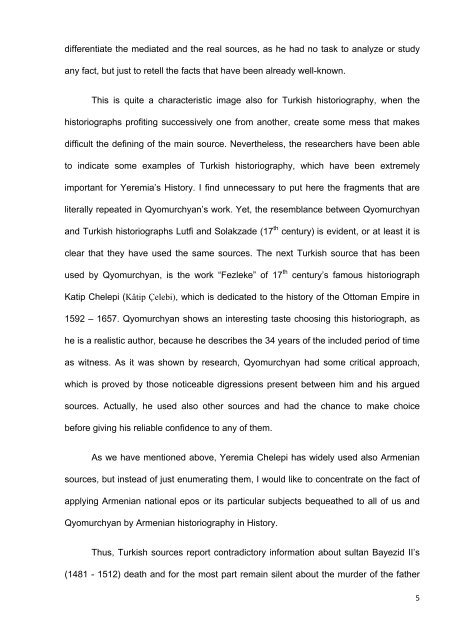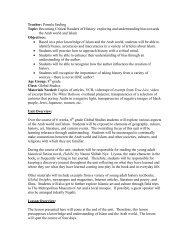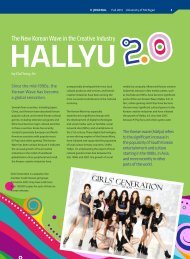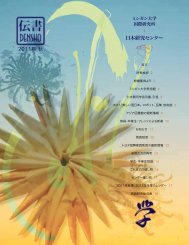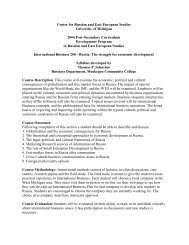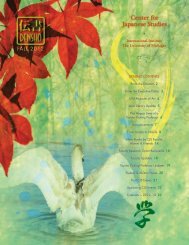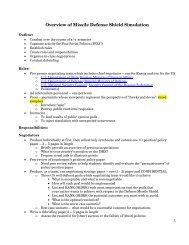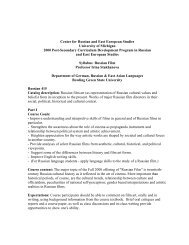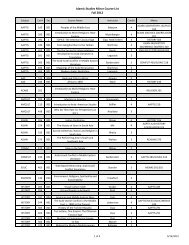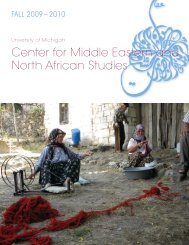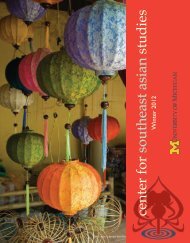The Third Annual International Graduate Student Workshop ...
The Third Annual International Graduate Student Workshop ...
The Third Annual International Graduate Student Workshop ...
You also want an ePaper? Increase the reach of your titles
YUMPU automatically turns print PDFs into web optimized ePapers that Google loves.
differentiate the mediated and the real sources, as he had no task to analyze or study<br />
any fact, but just to retell the facts that have been already well-known.<br />
This is quite a characteristic image also for Turkish historiography, when the<br />
historiographs profiting successively one from another, create some mess that makes<br />
difficult the defining of the main source. Nevertheless, the researchers have been able<br />
to indicate some examples of Turkish historiography, which have been extremely<br />
important for Yeremia’s History. I find unnecessary to put here the fragments that are<br />
literally repeated in Qyomurchyan’s work. Yet, the resemblance between Qyomurchyan<br />
and Turkish historiographs Lutfi and Solakzade (17 th century) is evident, or at least it is<br />
clear that they have used the same sources. <strong>The</strong> next Turkish source that has been<br />
used by Qyomurchyan, is the work “Fezleke” of 17 century’s famous historiograph<br />
Katip Chelepi (Kâtip Çelebi), which is dedicated to the history of the Ottoman Empire in<br />
1592 – 1657. Qyomurchyan shows an interesting taste choosing this historiograph, as<br />
he is a realistic author, because he describes the 34 years of the included period of time<br />
as witness. As it was shown by research, Qyomurchyan had some critical approach,<br />
which is proved by those noticeable digressions present between him and his argued<br />
sources. Actually, he used also other sources and had the chance to make choice<br />
before giving his reliable confidence to any of them.<br />
th<br />
As we have mentioned above, Yeremia Chelepi has widely used also Armenian<br />
sources, but instead of just enumerating them, I would like to concentrate on the fact of<br />
applying Armenian national epos or its particular subjects bequeathed to all of us and<br />
Qyomurchyan by Armenian historiography in History.<br />
Thus, Turkish sources report contradictory information about sultan Bayezid II’s<br />
(1481 - 1512) death and for the most part remain silent about the murder of the father<br />
5


